All Things Distress
Part 9
Distress Inks, and why they are so special
.
- - - - - - - - - - - - - - - - - - - - - - - - - - - - - - - -
More distress marker techniques for you this week – I bet
you hadn’t realised they were quite so versatile!
This time, I’m going to show you two colouring-in
methods. They are both pretty
similar, but give different effects.
Next week I’ll show you two more before moving on to another distress
product.
.
what do you need?
.
.
distress markers
water colour paper
(definitely works best for
these techniques)
A stamp – rubber or cling tend to work best with
distress products.
(The one I have
used this time is Heart Winged Butterfly from Hero Arts.)
A mini mister, with water
Water brush, or just a normal paintbrush and
water
{Items can be purchased at Scrap-n-Crop.com HERE}
.
- - - - - - - - - - - - - - - - - - - - - - - - - - - - - - - -
.
Instructions:
..
Technique ONE
Stamp onto watercolour paper, using waterproof
ink. Ranger’s Archival Ink works
best, though there are other types you can use. You could also stamp and emboss with embossing powder if you
prefer.
Colour in the stamped image with a few distress
markers. You don’t need to worry
about colouring it perfectly, leaving white gaps, or going over the edges.
Using a water brush, or a paintbrush with water,
paint over the coloured areas, light to dark. This will blend the inks together.
.
I’ve taken two photos to show you the effect. The first shows the butterfly simply
coloured and brushed over. The
second shows it after I have sprayed it with a bit more water (from a mini
mister), and blended distress ink around it. Notice that the distress ink has NOT gone over the coloured
areas – this is because, once they are dry, the markers resist the ink! Pretty clever! You can also see that my ink has spread outside the
butterfly quite a bit – that’s OK, this is a watercolour effect we are after,
and so it doesn’t matter.
.
Technique TWO
Stamp
onto watercolour paper with waterproof ink.
This
time, wet the paper BEFORE colouring in.
You can do this with a mini mister, or with a waterbrush/water-loaded
paintbrush. You need to get the balance right – too little water and the
technique won’t work that well, too much and you can’t colour it.
Colour
with your distress markers.
.
I’ve included a photo of this as well, so that you
can see the difference. In my
examples, technique 1 gives a lighter, more washed out effect, although
according to Tim Holtz (who created the distress range), it is supposed to be
the other way around. I think it
probably depends on what colours you use, and of course how much water you use.
..
- - - - - - - - - - - - - - - - - - - - - - - - - - - - - - - -
…
I have to be honest and say that I’m not that keen
on technique two, for a number of reasons. I found it much harder to control the amount of water on the
paper. Plus, when I used the
markers, even though I used them gently they tended to rough up the paper a
bit, ie tiny bits of paper were coming away. This doesn’t look great, and I’m not sure if it is good for
the markers either. It might make
no difference to them, but it’s something to bear in mind.
.
- - - - - - - - - - - -
Handy tip
- - - - - - - - - - - -
.
By the way, in case you are wondering what the
difference is between a water brush, and a paintbrush used with water, the
answer is convenience. With a
paintbrush and water, you have to keep dipping the brush into the water. With a water brush, you get a constant
flow of water while you are painting with it. It’s worth paying a little bit extra for your water brush –
the cheapest ones don’t regulate the flow very well, so sometimes you can end
up with way too much water on your paper.
I use a Pentel one which has a valve in it to help control flow. Tim Holtz has also just released two
water brushes, with different tips, which have flow-controlling valves.
.
..
.



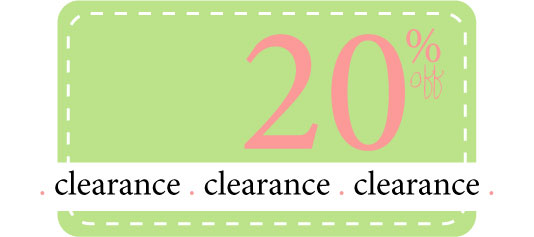
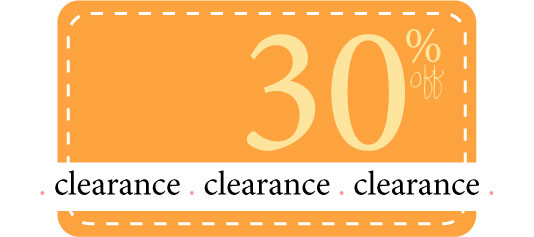
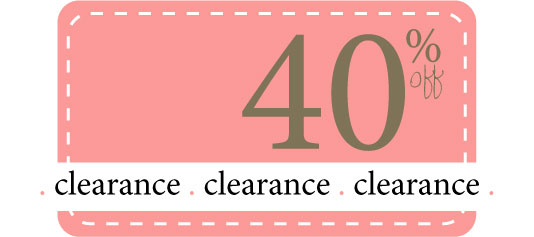
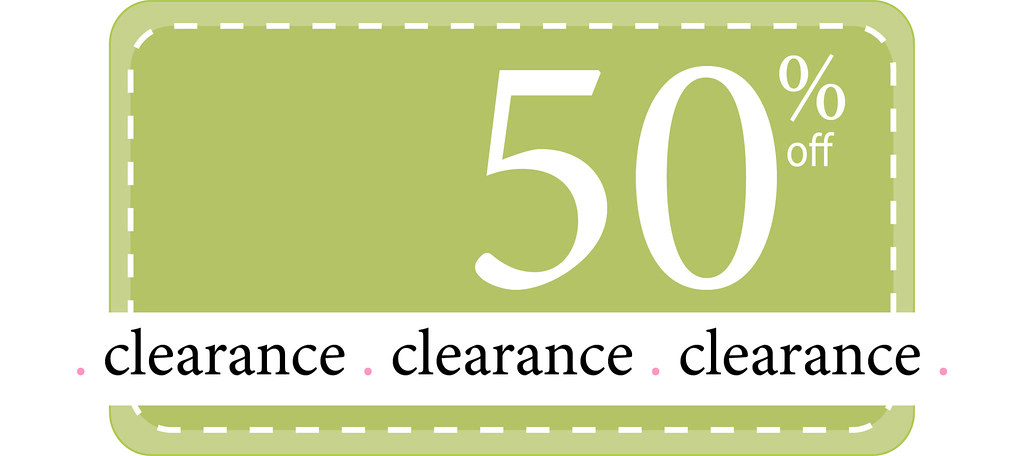
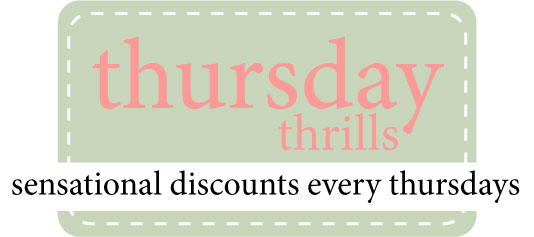
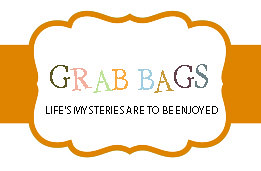

















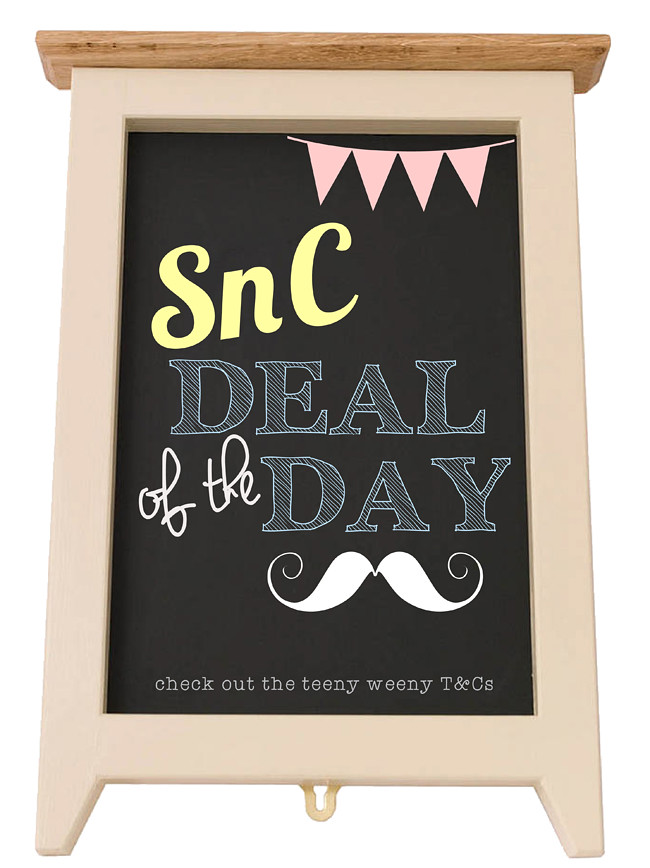
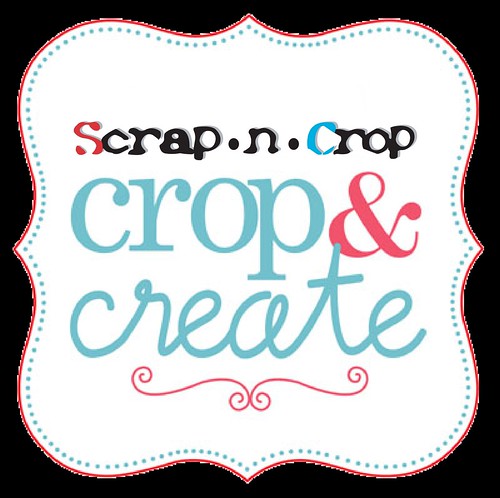









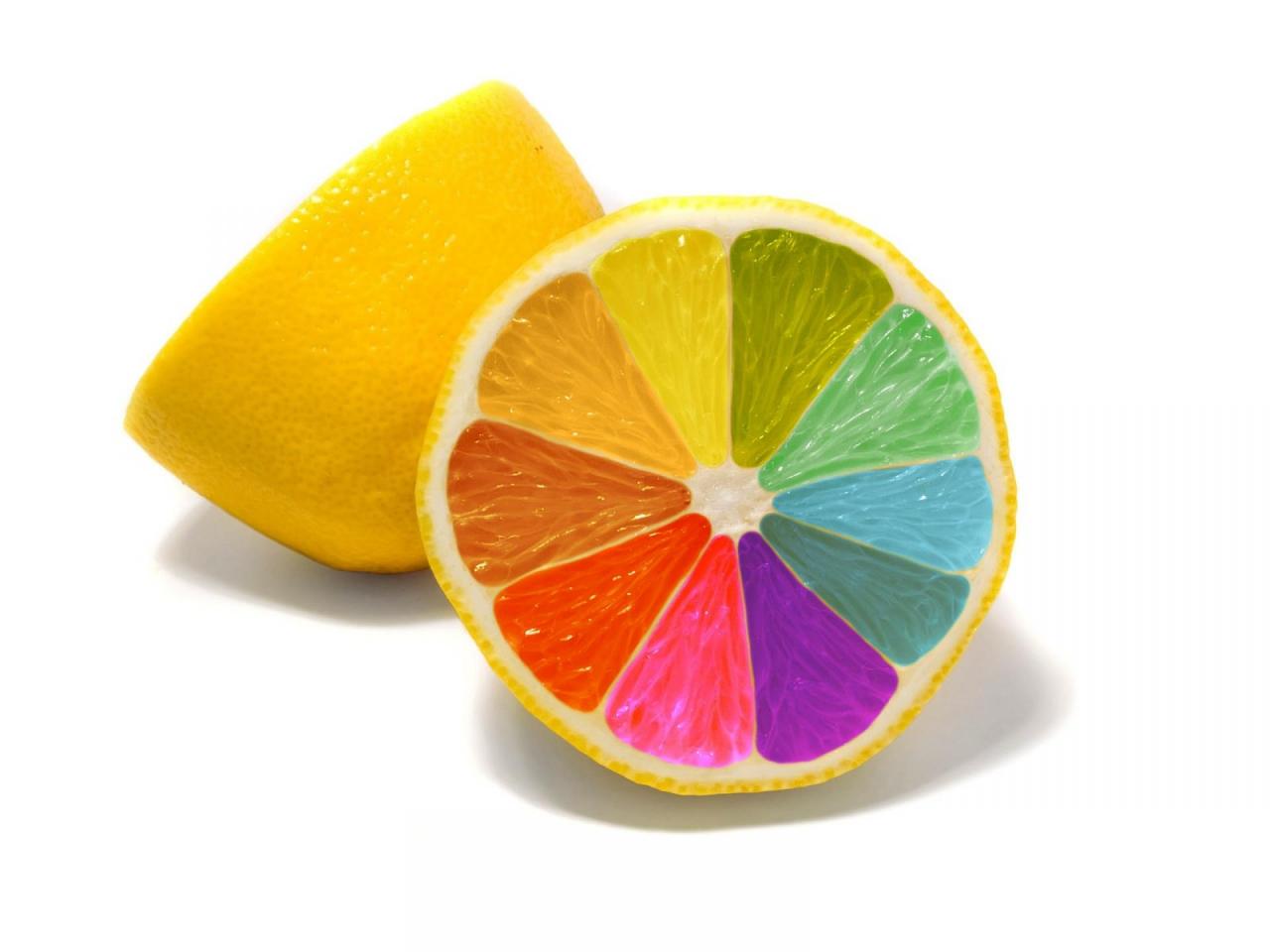

No comments:
Post a Comment